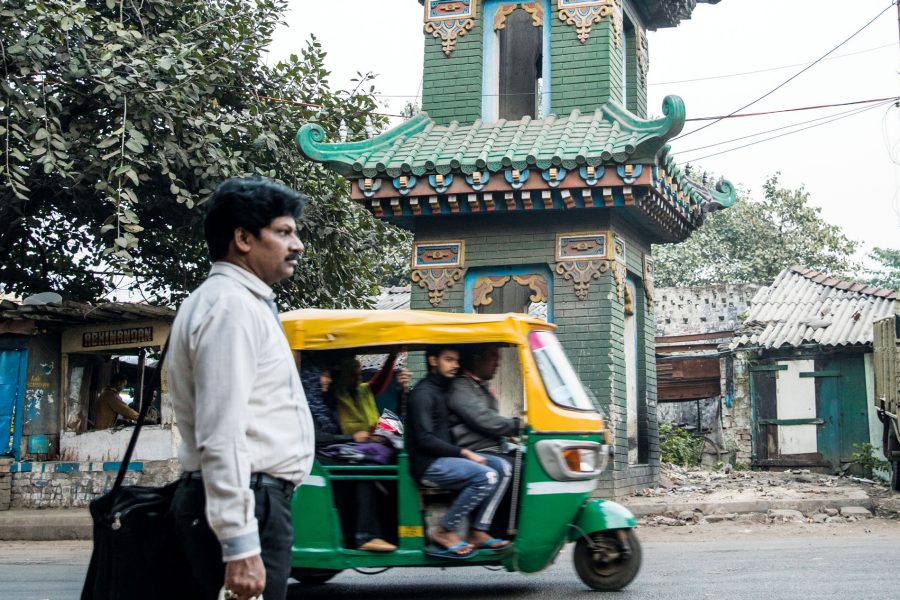Sauce. If Proust had his madeleine, I have my sauce. Chinese pumpkin sauce, to be precise.
The Frenchman with his fin-de-siècle finger perennially on his cheek would dunk the sponge cake in tea and be transported back to his childhood days in a French village where his aunt fed him little madeleines. I, alas, do not havethat luxury.
The Sing Cheung Sauce Company in Kolkata’s Chinatown stopped making the gloriously sweet tang of pumpkin sauce a long time ago. All I am left with is revisiting Tangra, that place in my old city so loaded with memories of my boyhood.
Credit: Sam Ki
Kolkata has two Chinatowns. The one I am more familiar with is sprawled in the eastern part of the city: Tangra, light of my taste, fire of my tongue.
In the 1980s, going to Tangra was a celebratory event. An uncle would bundle all of us cousins into a van, and after we had tackled the mandatory olfactory challenge of the tanneries run by Kolkata’s Chinese community, we were in meatball, chimney soup, chow mein heaven. It was only much later that I learnt that ‘Chinese cuisine’ in Tangra and across Kolkata was really Calcutta-Chinese, catering to the Bengali palate with its abundance of gravy, spiciness and that sauce.
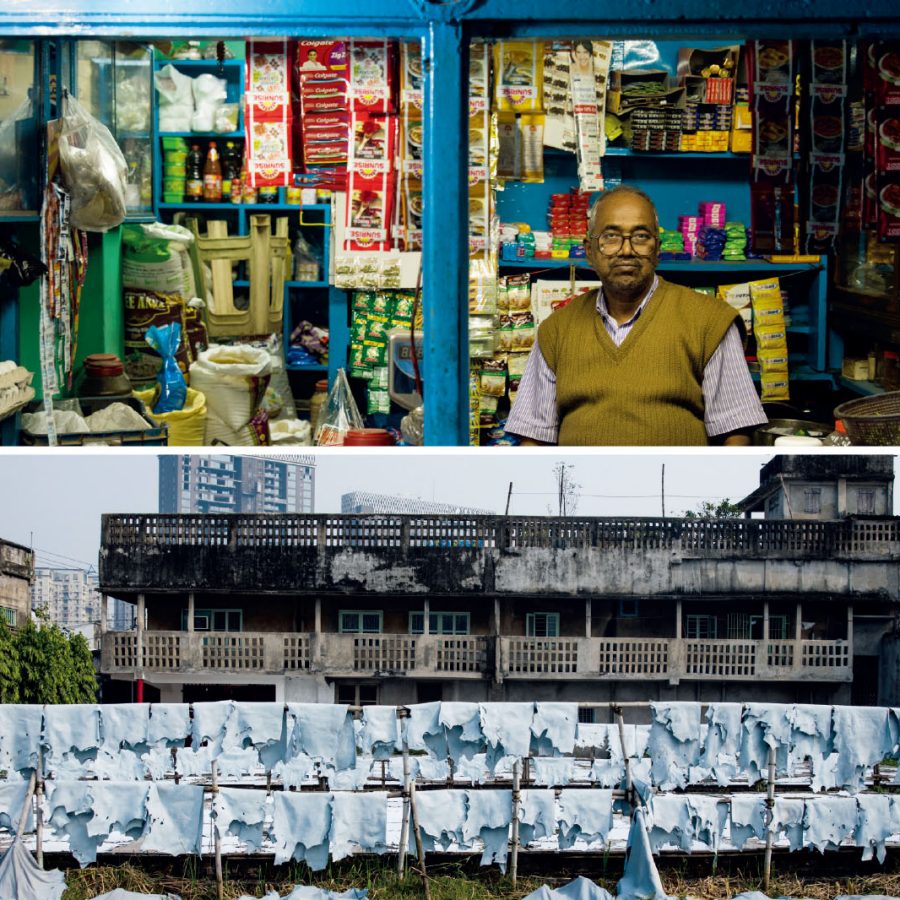
Credit: Abhishek Bali
Tangra may have been the most exotic eating-out destination for my generation of Bengalis in Kolkata. But it was not just the many restaurants – from the palatial straight-out-of-a-kung-fu-film Big Boss to the two-storey Kim Fa – that made Tangra such a shimmering wok.
The high stone walls running parallel to the narrow roads were more early-20th century than late, and I was sure they were Shaolin temples or buildings housing imperial guards. So what if at the gate of one of these factories, tanneries or homes, a Chinese man stood smoking a cigarette and wearing the same kind of undershirt that my father wore at home, and the lady peering from the window on the first floor was wearing a nightie and shouting at someone at a nearby shack to send over some tea in chaste Hindi?
However exotic it felt going there, Tangra itself was never exotic. Until recently, it did not even have a gate like the Chinatowns in other countries to mark your stepping into a ‘town’ within a city. Tangra’s Chinese were always too integrated into the rest of Kolkata – and couldn’t care a noodle-toss – to ever be demarcated and tourist-friendly.
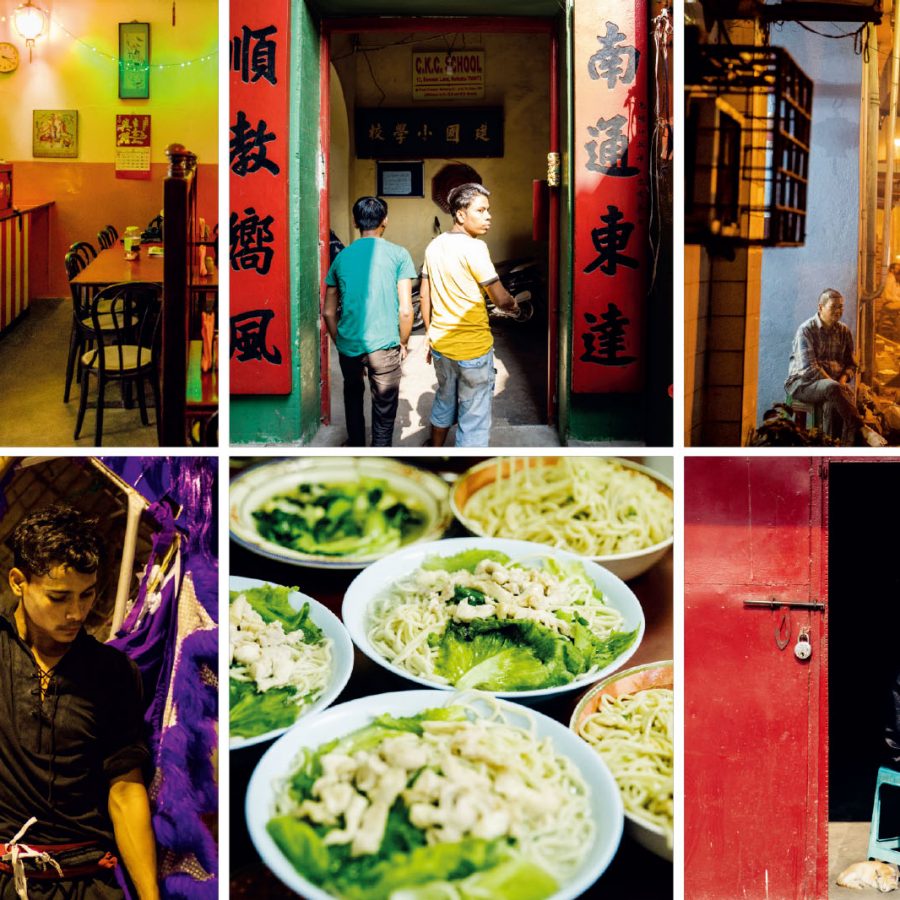
Credit: Abhishek Bali
A few years ago, I found myself again standing outside Tangra’s Chinese Kali Temple, which houses two idols: the Hindu goddess Kali and her consort Shiva. If it weren’t for the red paper lanterns and frayed buntings in Chinese, it could have been a temple in any other Kolkata neighbourhood.
The old tanneries of Tangra, along with their pungent smell, have gone since a court order shifted the leather-curing units to the fringes of the city in the early 2000s because of water pollutants. Gone too are many of Kolkata’s Chinese, who like many others have migrated to different parts of India and the world in search of jobs and lives. But Tangra retains its stony charm. Like the rest of Kolkata, it has changed but not beyond recognition.
One day Tangra, too, will go the way of Kolkata’s other Chinatown – the original one – Tiretti Bazaar, named after Edward Tiretta, once Kolkata’s ‘superintendent of streets and houses’ during the time of the East India Company. Today, the red-brick Edwardian building that housed Nanking, India’s first Chinese restaurant – along with the Tong On Church – is a strange, boarded-up spectacle. But what is truly spectacular is the daily metamorphosis that takes place from 5am to 9am, when families set up stalls to sell Chinese breakfast. In those early hours, especially on Sundays, the ghost of Chinatown past returns with double force, bringing baskets of cha siu bao (barbecue pork buns) and fish dumplings.
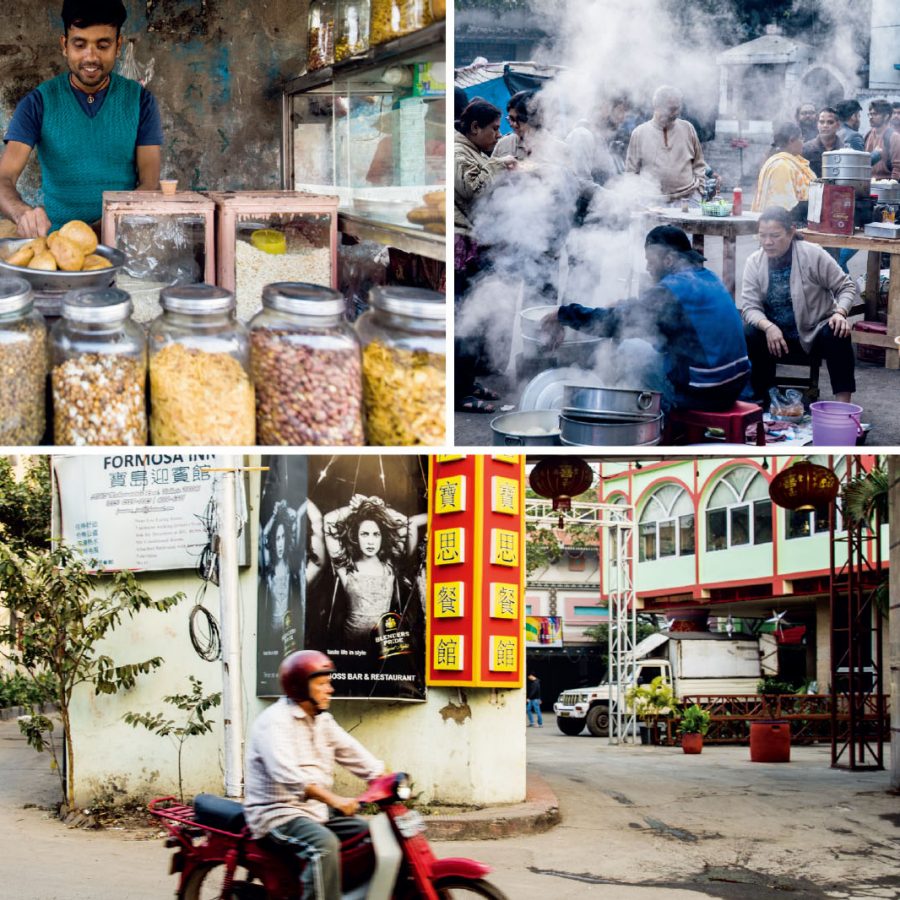
Credit: Abhishek Bali
You then notice not just the Sea Ip Church with its framed pictures of China’s nationalist leader Sun Yat-sen hanging from the wall, but also the phantom-like quality of Tiretti Bazaar’s Chinatown. With the strengthening of the sun, it again slinks back in space and time, and the rest of Kolkata again takes over the same area, every day.
It’s not unlike the memory of the taste of Chinese pumpkin sauce from Tangra’s Sing Cheung Sauce Company. It drowns out the unmagical present each and every time I am under the shine of my two old Chinatowns.
Indrajit Hazra is a writer based in New Delhi. He is the author of Grand Delusions: A Short Biography of Kolkata.
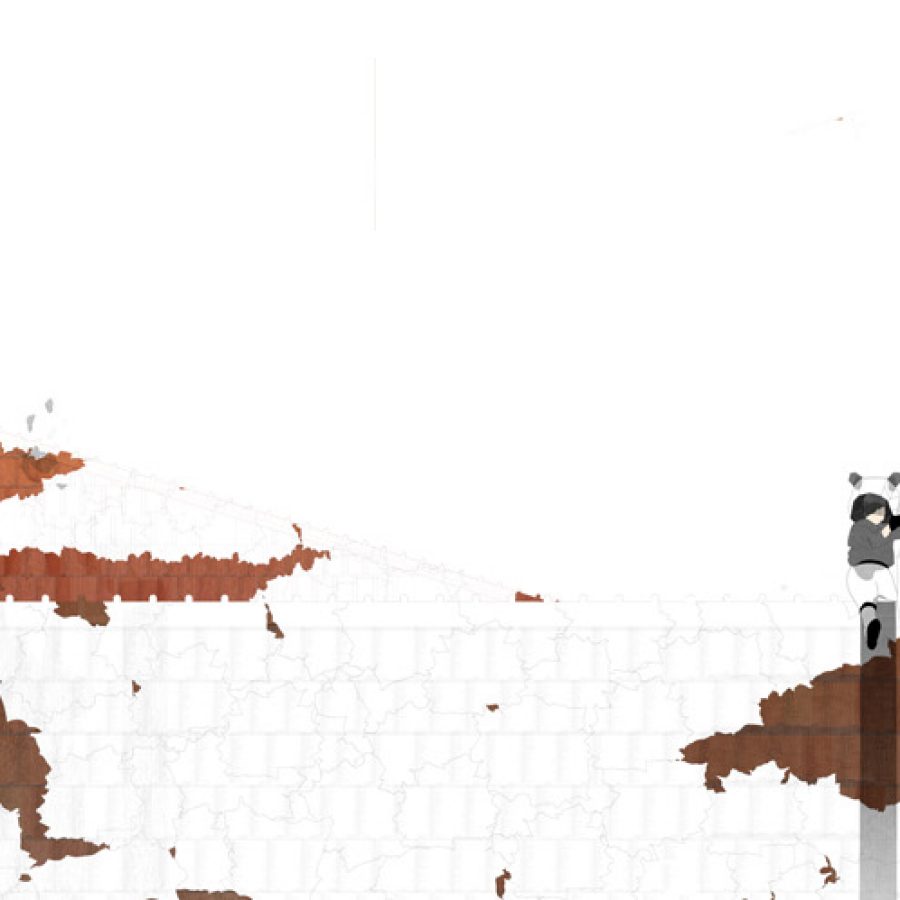
Credit: Sam Ki
More inspiration
Kolkata travel information
- China – the Chinese Mainland, Hong Kong SAR, Macao SAR and Taiwan Region
- Hong Kong SAR - English
- Chinese Mainland (China) - English
- Taiwan, China - English
- 香港特別行政區 - 繁體中文
- 中国內地 - 简体中文
- 中國台灣 - 繁體中文
- Africa
- South Africa - English
- Asia
- Bangladesh - English
- Korea - English
- Singapore - English
- Cambodia - English
- 한국 - 한국어
- Sri Lanka - English
- India - English
- Malaysia - English
- Thailand - English
- Indonesia - English
- Maldives - English
- ประเทศไทย - ภาษาไทย
- Indonesia - Bahasa Indonesia
- Myanmar - English
- Vietnam - English
- Japan - English
- Nepal - English
- Việt Nam - tiếng Việt
- 日本 - 日本語
- Philippines - English
- Australasia
- Australia - English
- New Zealand - English








